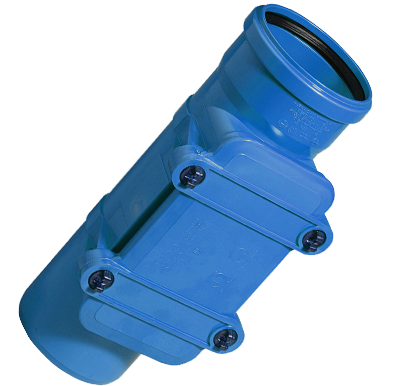Login
Product range Ultra DB ®
Unique System of silent sewage pipes and fittings dB Ultra System is a high-quality product from Polypropylene containing a large amount of mineral filler. This material lends waste pipes and fittings dB System Ultra excellent mechanical and acoustic properties which significantly reduce the intensity of noise penetrating through the pipe wall to the surroundings. Ultra dB System is thus predestined for all areas of civil engineering (family and apartment houses, industrial, cultural and sports facilities, hospitals, hotels, etc.)..
